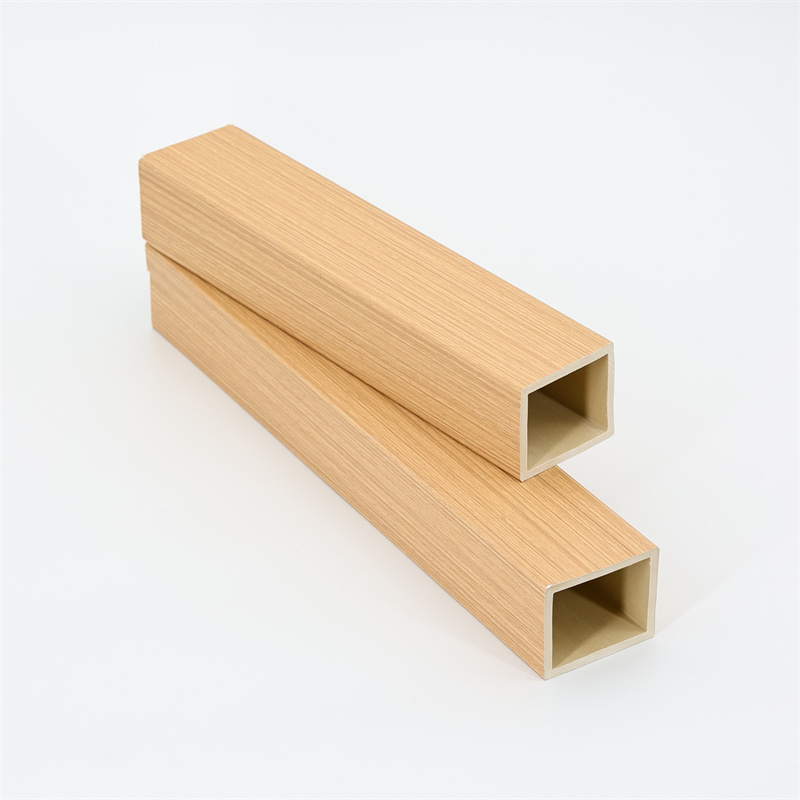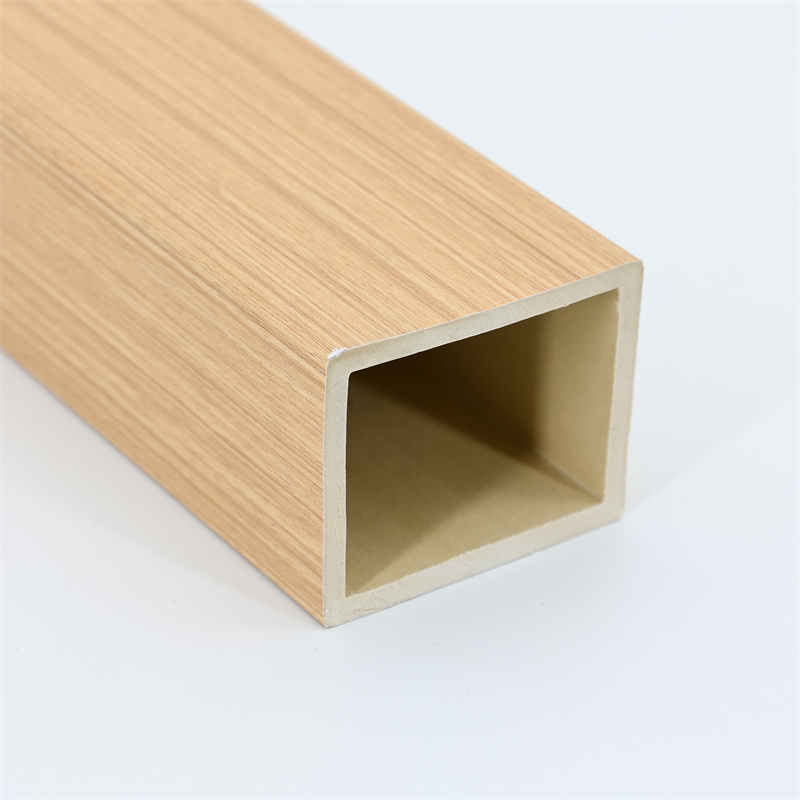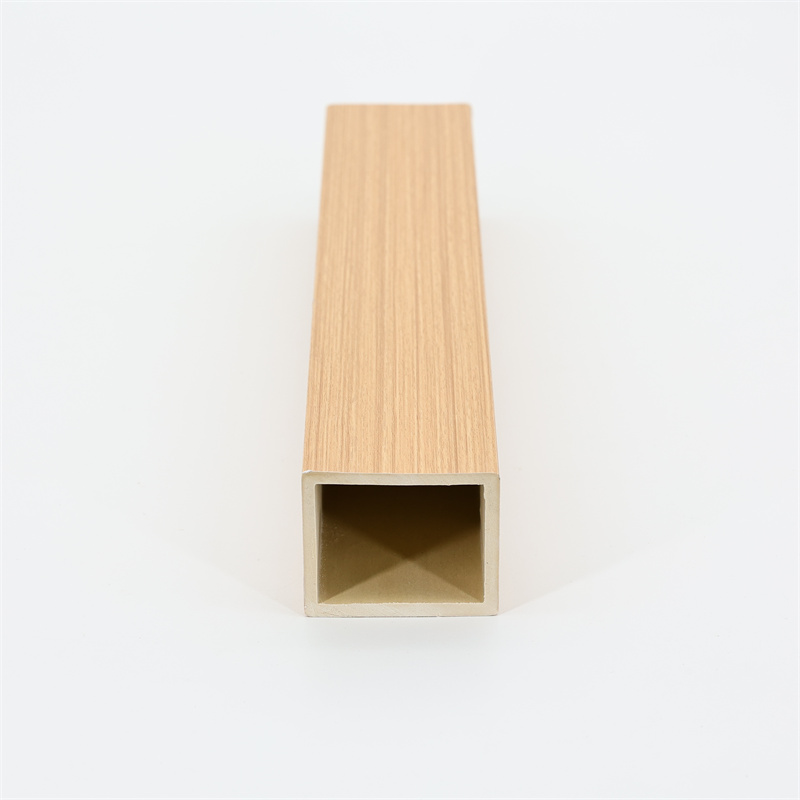


When it comes to interior design and construction, materials play a crucial role in determining the sustainability and environmental impact of a project.
In recent years, the use of WPC (Wood Plastic Composite) wall panels has gained significant attention as a sustainable alternative to traditional materials.
These panels offer a unique blend of aesthetics, durability, and eco-friendliness that make them a compelling choice for designers and architects.
In this article, we will compare WPC wall panels with traditional materials, highlighting the advantages of making the sustainable choice.
Sustainability and Environmental Impact:
One of the primary considerations in choosing building materials is their impact on the environment.
Traditional materials, such as natural wood and concrete, often require the extraction of virgin resources and contribute to deforestation and habitat destruction.
In contrast, WPC wall panels are manufactured using a combination of recycled wood fiber or flour and recycled plastics.
This significantly reduces the demand for virgin resources and diverts waste materials from landfills.
By opting for WPC panels, designers can contribute to the conservation of natural resources and minimize the environmental impact of their projects.
Additionally, the manufacturing process of WPC panels consumes less energy compared to traditional materials, further reducing carbon emissions and promoting sustainability.
Durability and Longevity:
Durability is another important factor to consider when comparing WPC wall panels with traditional materials.
Natural wood, although visually appealing, is prone to rot, insect damage, and warping.
Concrete, while durable, can develop cracks and require regular maintenance.
On the other hand, WPC panels offer high resistance to moisture, rot, and insects, ensuring their longevity even in demanding environments.
WPC panels do not warp, crack, or splinter, making them an ideal choice for high-traffic areas or spaces exposed to fluctuating humidity levels.
Their durability translates into reduced maintenance and replacement costs over time, contributing to the overall sustainability of a project.
Design Flexibility and Aesthetics:
Design flexibility and aesthetics are key considerations for any interior design project.
Traditional materials, although versatile in their own right, often come with limitations in terms of shape, size, and finishes.
WPC wall panels, on the other hand, offer a wide range of design possibilities and aesthetic options.
WPC panels can mimic the appearance of natural wood, stone, or brick, allowing designers to achieve the desired look and texture without the drawbacks associated with traditional materials.
These panels are available in various colors, finishes, and sizes, offering limitless design options.
Whether the design calls for a modern, sleek look or a rustic, natural ambiance, WPC panels can be customized to suit any aesthetic preference.
Maintenance and Life Cycle Costs:
Maintenance requirements and life cycle costs are important considerations when comparing WPC wall panels with traditional materials.
Natural wood often requires regular staining, sealing, and painting to maintain its appearance and structural integrity.
Concrete may require repairs and coatings over time to prevent deterioration.
In contrast, WPC panels are low-maintenance and do not require the same level of upkeep.
WPC panels are resistant to moisture, fading, and staining, requiring only simple routine cleaning with mild soap and water to keep them looking their best.
The reduced maintenance requirements of WPC panels translate into cost savings and a lower environmental impact over the life cycle of a project.
Conclusion:
When it comes to making the sustainable choice in interior design and construction, WPC wall panels offer numerous advantages over traditional materials.
From their eco-friendly manufacturing process and reduced environmental impact to their durability, design flexibility, and low-maintenance requirements, WPC panels provide a compelling alternative for designers and architects.
By choosing WPC panels, designers can create sustainable and visually appealing spaces while minimizing the use of virgin resources and promoting a greener future.